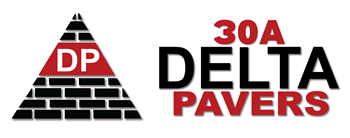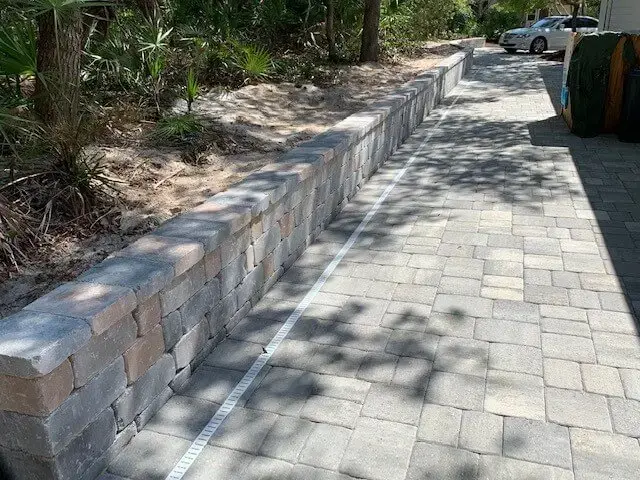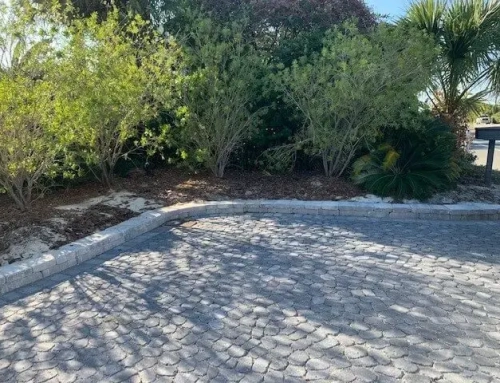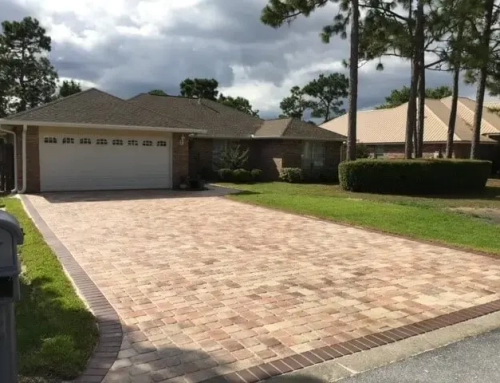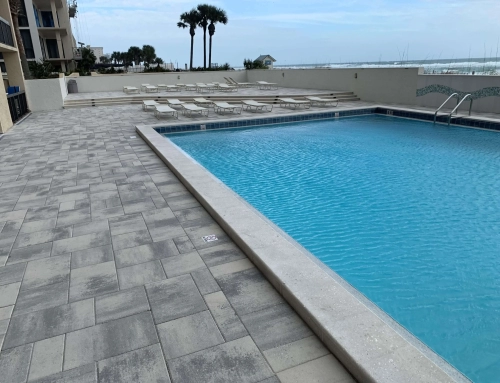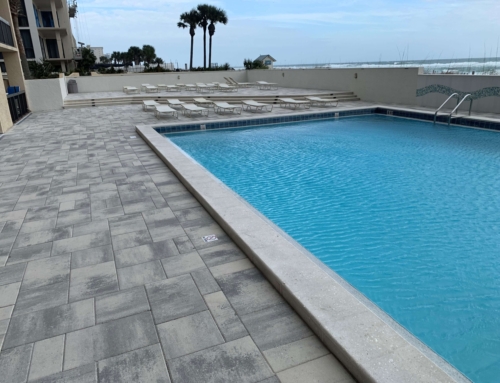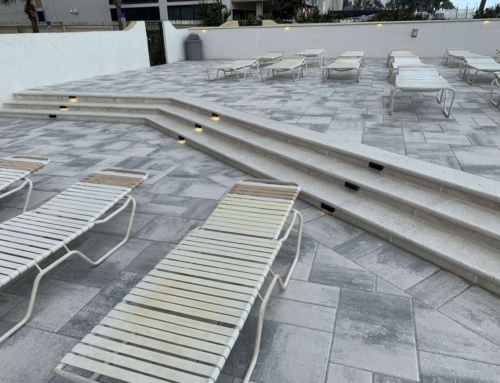Designing Your Paver Driveway: Things To Consider
Choosing the Right Paver Material
Selecting the right material for your paver driveway is crucial for both functionality and aesthetics. Here’s a breakdown of the most common paver materials:
- Concrete Pavers: These are versatile, cost-effective, and available in various shapes, sizes, and colors. Concrete pavers can mimic the look of brick or natural stone at a lower cost, making them a popular choice for homeowners looking for flexibility in design without breaking the bank.
- Brick Pavers: Known for their classic, timeless appeal, brick pavers are ideal for traditional or historic homes. They offer excellent durability and weather resistance. However, they come in limited color options and may require more frequent maintenance to prevent moss or algae growth.
- Natural Stone Pavers: If you’re looking for a high-end, luxurious look, natural stone pavers are the way to go. Options like granite, limestone, and bluestone offer unique textures and colors that can’t be replicated with manufactured pavers. While they are more expensive and require professional installation, the result is a driveway that exudes elegance and sophistication.
Paver Driveway Design Ideas
The design of your paver driveway should complement your home’s architecture and enhance the overall landscape. Here are some popular design styles:
- Modern: For a sleek and contemporary look, opt for large, rectangular concrete pavers in neutral colors like gray, black, or white. Pair them with clean, straight lines and minimalistic patterns.
- Traditional: If your home has a classic or historic design, brick pavers arranged in a herringbone or running bond pattern can create a timeless appearance. Consider using warm, earthy tones like red or brown.
- Rustic: For a more natural, organic look, consider using irregularly shaped natural stone pavers. A random or mosaic pattern can enhance the rustic charm, making your driveway blend seamlessly with the surrounding landscape.
Incorporating Paver Driveways into Your Property
Integrating your paver driveway with other elements of your landscape can create a cohesive and visually appealing outdoor space:
- Blending with Existing Features: Coordinate the color and style of your pavers with other hardscape elements like walkways, patios, or retaining walls. For example, if you have a brick patio, extending the same brick pavers into your driveway can create a unified look.
- Creating Borders and Accents: Adding a contrasting border or accent pattern can enhance the overall design of your driveway. For instance, using darker pavers along the edges of the driveway can frame the space and add definition.
- Driveway Extensions: If space allows, consider adding an extension to your driveway, such as a side parking area or a circular turnaround. This not only increases functionality but also adds a grander feel to your driveway’s design.
Driveway Layout Considerations
The layout of your driveway should be practical while also enhancing the aesthetics of your property:
- Single-Car vs. Multi-Car Driveways: Determine the size and layout based on your needs. A single-car driveway might require a simple, straight design, while a multi-car driveway could incorporate additional features like a turnaround or extra parking spaces.
- Circular, Straight, or Curved Driveways: The shape of your driveway can significantly impact the overall look of your home. A circular driveway can add elegance and convenience, especially in larger properties, while a straight driveway is simple and functional. Curved driveways, on the other hand, add a dynamic flow and can create a sense of movement.
- Driveway Width: Consider the width of the driveway to ensure it comfortably accommodates your vehicles. Standard driveways are typically 10 to 12 feet wide for single cars and 18 to 20 feet wide for two cars.
